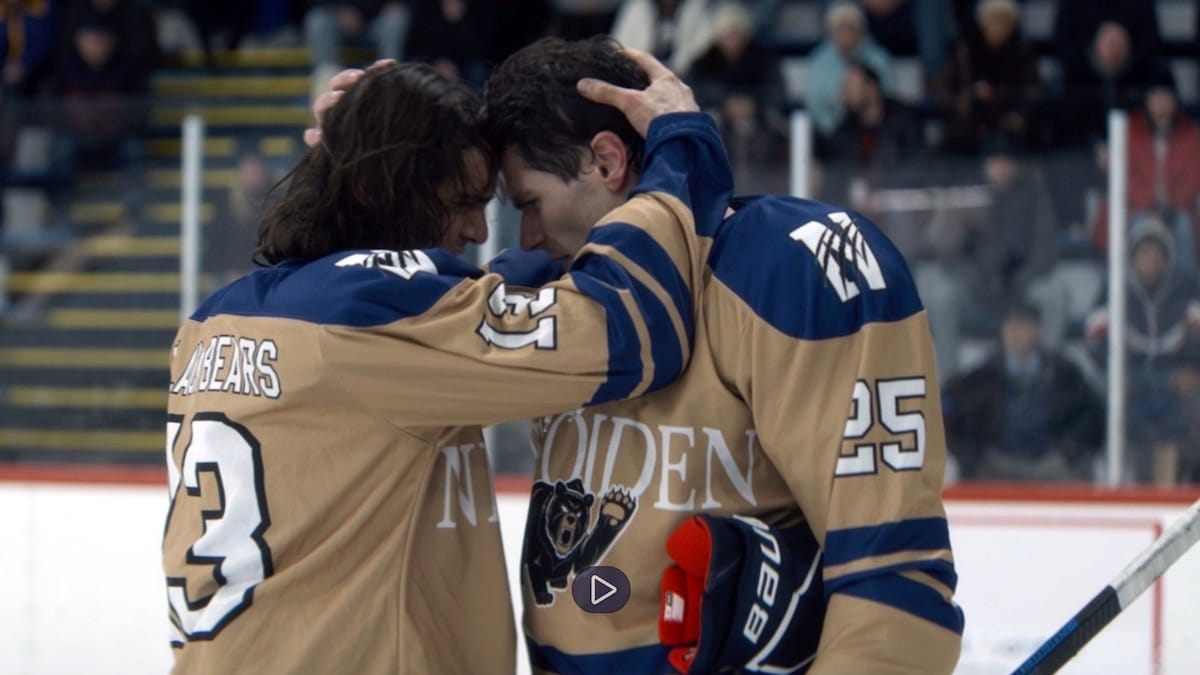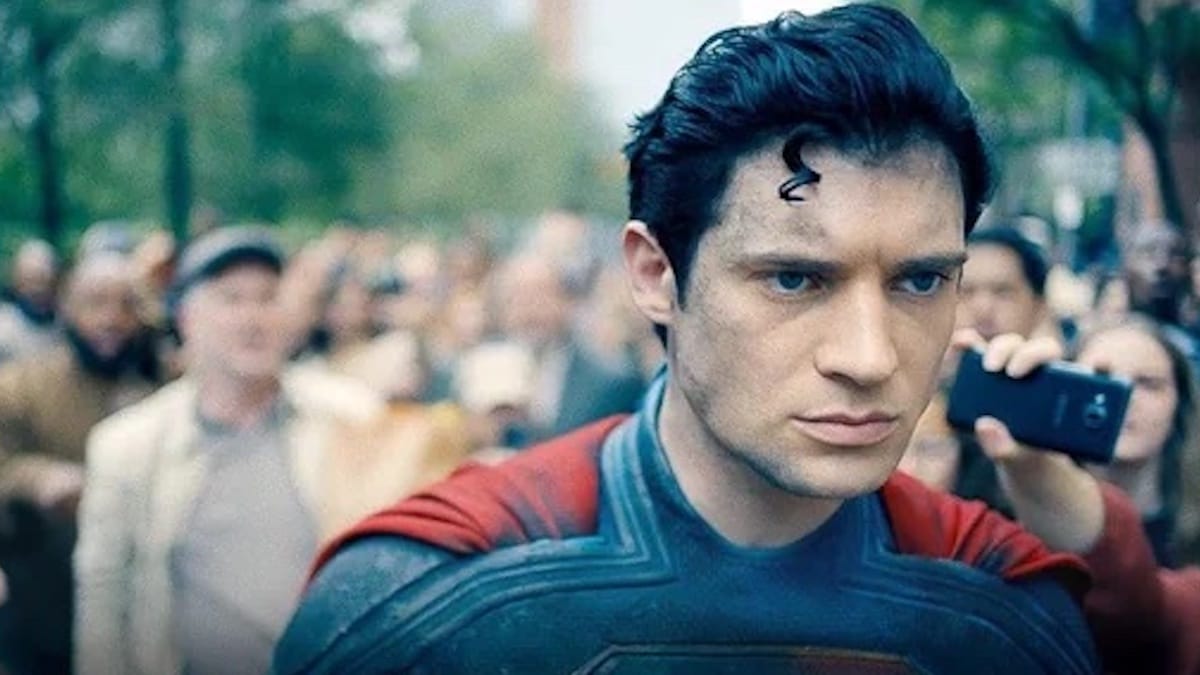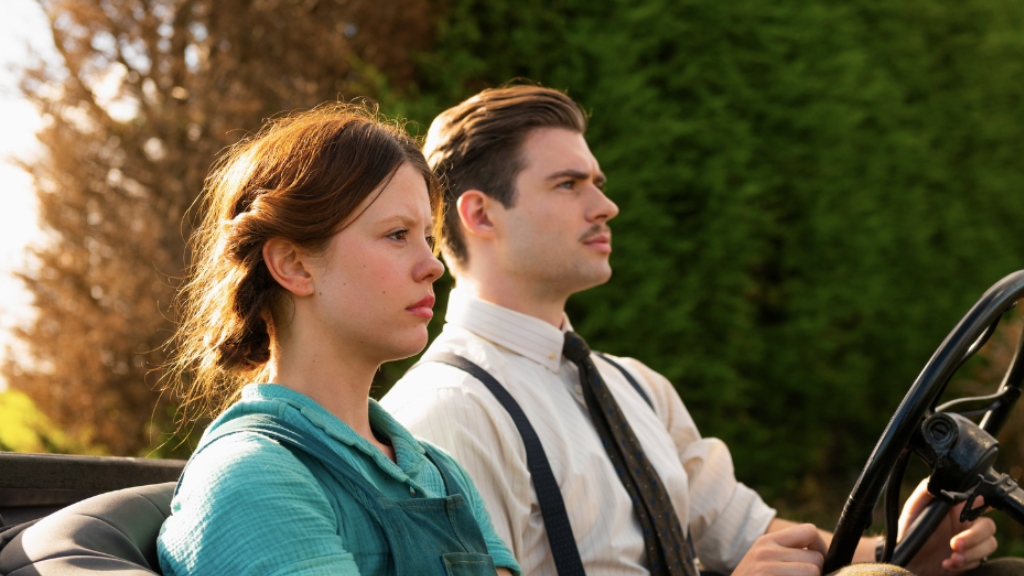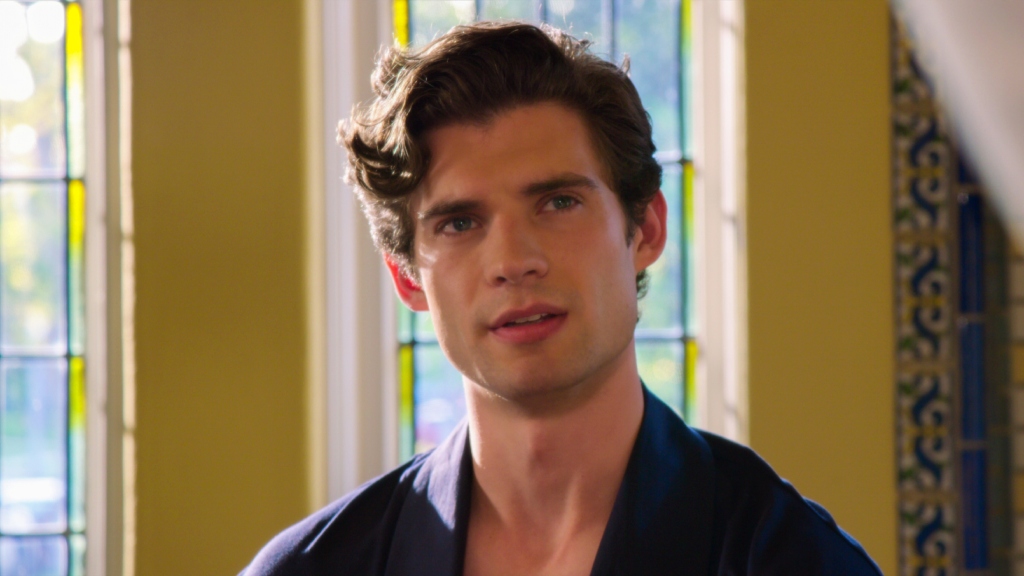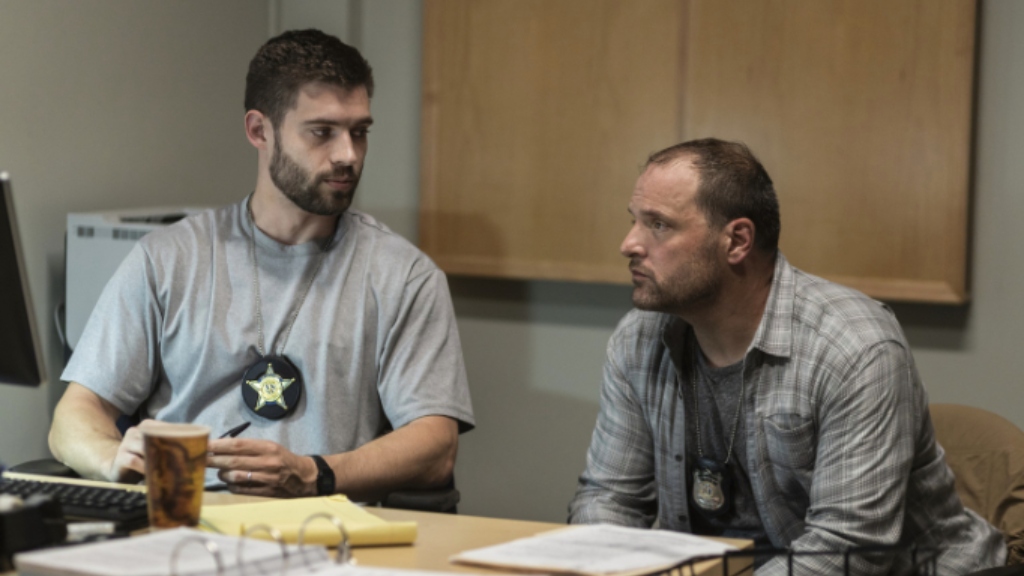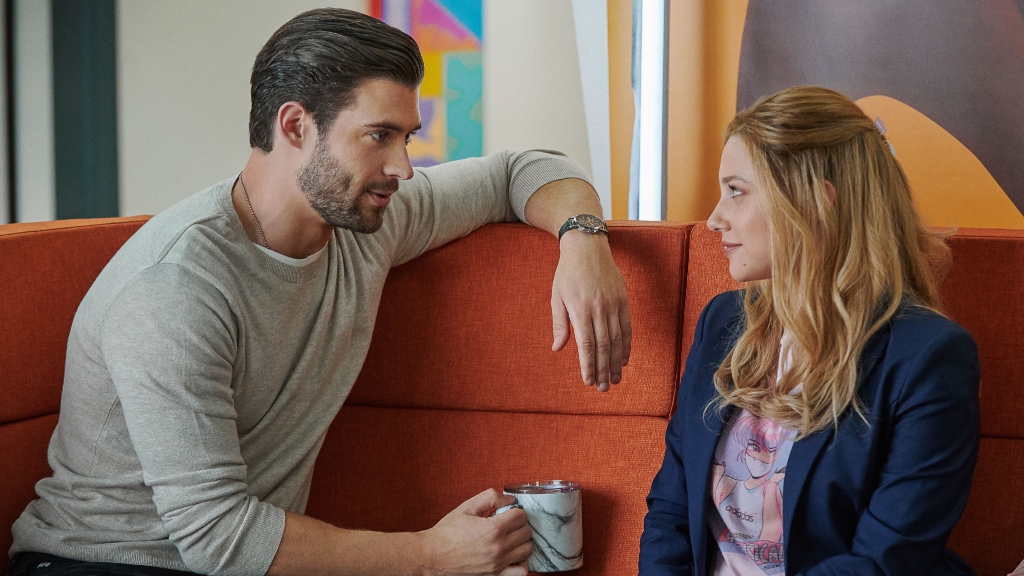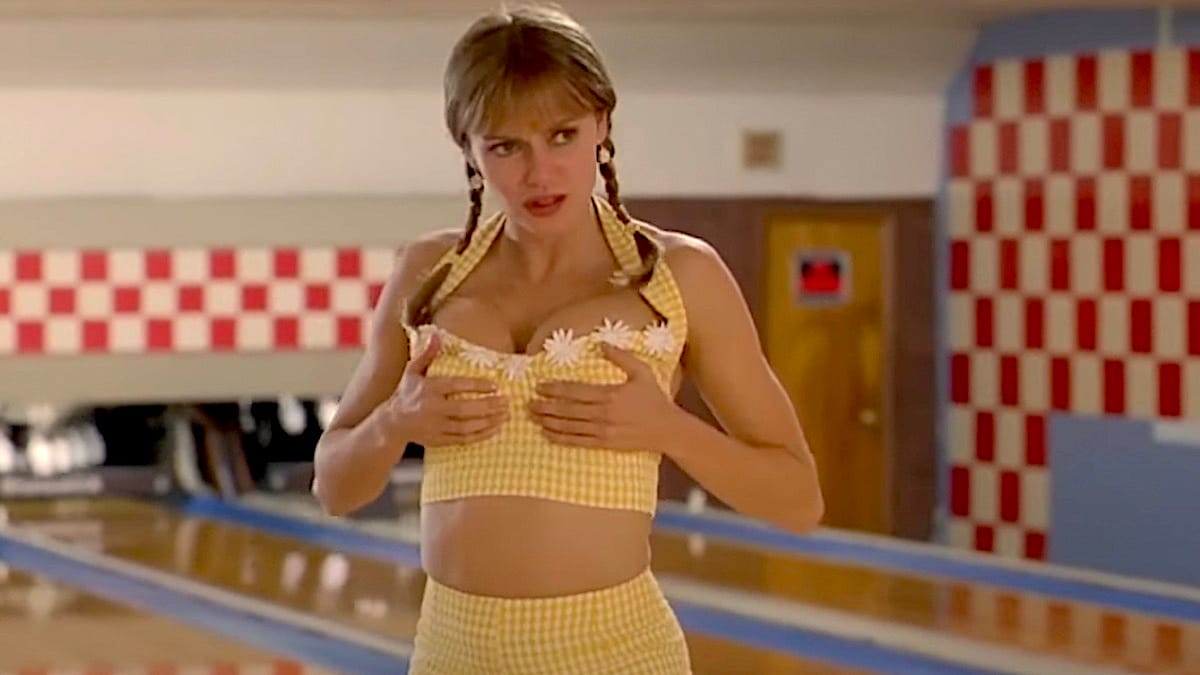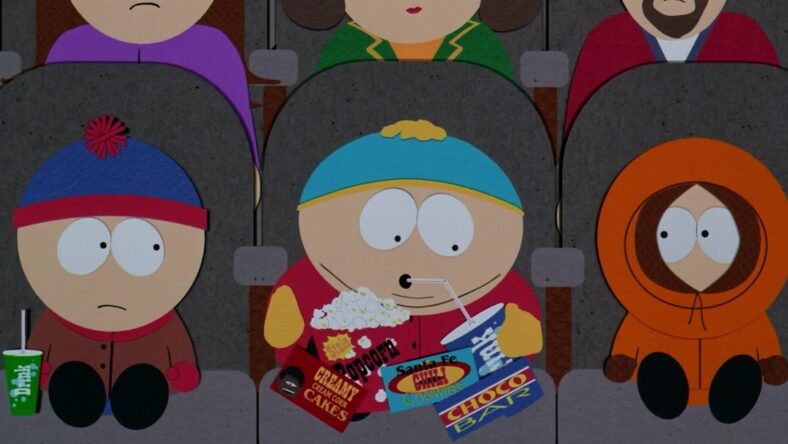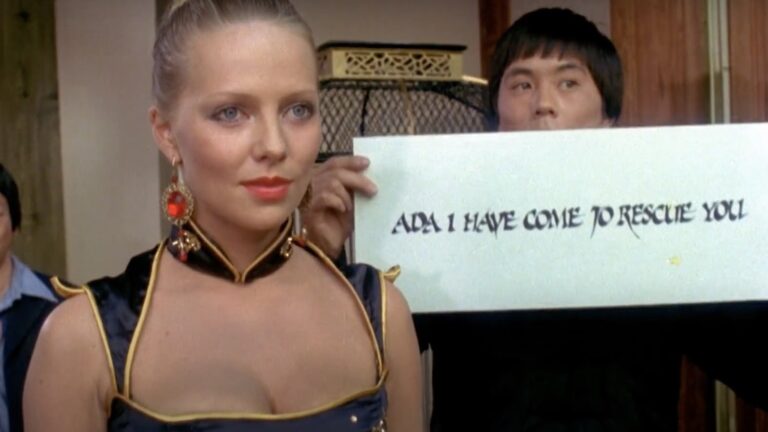Joe Kwaczala is a Los Angeles-based comedian and the writer-star of the mockumentary American Comic, which follows two stand-ups, both played by Kwaczala, as they navigate the modern comedy world. Directed by Daniel J. Clark, the film premieres Sunday at Dances With Films. In the piece below, Joe Kwaczala describes getting the comedy world right.—M.M.
I made the film American Comic for a number of reasons, but on some level, it all goes back to this:
“HOW ARE THEY GETTING THIS SO WRONG?!”
This is me every time I’m watching a movie or TV show that incorporates stand-up as part of the story. It’s one of many things I’m yelling, really: “That doesn’t look like a comedy club!” “Audiences in a room that size wouldn’t sound like that!” “That wouldn’t get a laugh!”
I’ve been a comedian for more than 15 years, and I’ve always been fascinated by how fictional narratives can never seem to figure out how to portray stand-up on screen. I started to think about this more intensely as I prepared for production on my debut feature film American Comic.
In writing the script, I had drawn on countless experiences from my career to create a This Is Spinal Tap-like mockumentary satire of stand-up. With that being the premise, it was crucial not only to show stand-up on screen but for it to also feel authentic. If history is any judge, I was setting myself up for failure.
Joe Kwaczala on the Pressure to Get American Comic Right
So the pressure was on to figure out a way to make this work. My tactic? To reverse-engineer it. By analyzing what doesn’t work, it would hopefully become clear what to avoid, and I could forge my path to success.
I thought about my main problems with depictions of stand-up comedy and landed on three areas: the setting, the audience reactions, and the material. When one of those doesn’t come across correctly, it all goes south. So I had to nail all three.
Among comedians, there might be varying opinions on the ideal setting for a stand-up show, but most will agree that intimacy is key. That means close quarters, low ceilings, the audience’s proximity to the stage and to each other. A lot of comedy clubs are designed with these qualities in mind.
Also Read: The 25 Coolest Film Festivals in the World, Including Dances With Films
But what do film productions need? Lots of room! To fit lights, cameras, and anything else the crew requires. Naturally, if a scene takes place at a comedy club, they will want to find (or even construct!) a location that gives them the space they need to film, and as a result, you get an environment with negative intimacy. The solution to this problem was pretty obvious: We had to shoot at real venues.
But what about the crew? Some of these actual stand-up rooms wouldn’t be able to accommodate even a small film crew. So we didn’t have one. Well, kind of. I collaborated on American Comic with director Daniel J. Clark, who made one of the great fly-on-the-wall documentaries of all time, Behind the Curve. He and I decided that for these particular scenes, the crew should consist of just him and a camera, filming the action in a corner of the room.
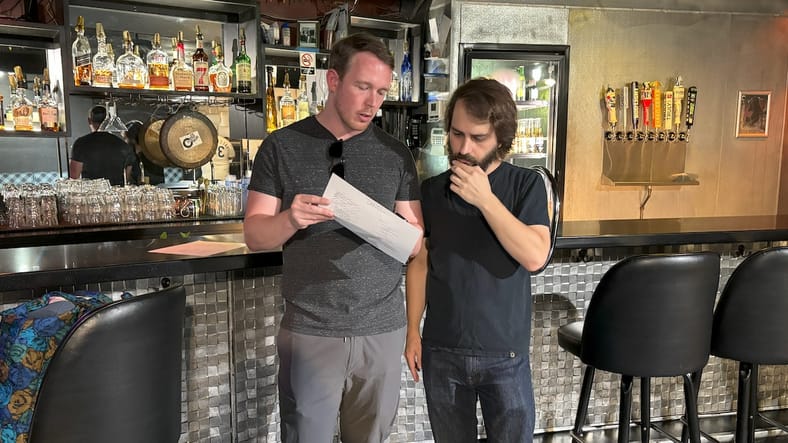
That way, we could take advantage not only of the physical dimensions of these real spaces but also of their less tangible, lived-in qualities that would be impossible to recreate anywhere else.
Obviously we were not the first people to think, “Let’s film our stand-up scene at a stand-up venue.” But even if they’re also using a real location, a typical production is still likely to utilize fake audience reactions. And that’s the next thing about stand-up on film that just doesn’t work. Productions will bring in extras and try to conduct them like an orchestra: “Laugh hard at this part, giggle at this joke, boo at this guy.”
This process goes against human nature itself: Laughter is involuntary! So this forced nonsense is undoubtedly going to feel wrong. Daniel and I realized the only way around this was to film during real stand-up shows.
At this point, I’ll remind you that American Comic isn’t a documentary. It’s a narrative feature film with a story about fictional characters. I play the two lead roles, and they were written to be comedians with styles very different from my own. And if we wanted to avoid fake laughs, that meant these characters needed to earn real ones.
We also didn’t tell these audiences I was in character. For it to feel real on screen, we needed real reactions. So that means there were dozens of stand-up shows that happened in 2024 where audience members had no idea that one of the comedians they saw was actually me playing a movie character. Sorry!
Although in that regard, I guess the movie is kind of a documentary.
This leads us to the final piece of the “Stand-Up Authenticity Puzzle:” the material. Anyone can get on-stage at a stand-up show and bomb with a bad joke. But the comedians I’m portraying in this film are supposed to be up-and-coming with some potential for success, so I had to write jokes for them that would work in front of actual audiences.
To further complicate things, these characters are awful, uninspired hacks. So my task as a writer and performer was to come up with jokes that I personally don’t like but still could get laughs. A tricky needle to thread! So I did what any good comic does with new material: I workshopped the jokes at shows and open mics and tweaked them based on the response. In fact, these characters and their jokes started doing so well that I started to worry: “Oh no. Is this what people like?”
I’m really proud of what Danel and I accomplished with American Comic. In the end, the hunt for authenticity was simple. Instead of taking stand-up and bending it to fit our filming process, we took our filming process and bent it to fit stand-up. Obviously, I’m hoping what we do in the film will be appreciated by general audiences, but I’m hoping the extra care in our treatment of stand-up will resonate especially with comedians. The ideal reaction?
“HOW ARE THEY GETTING THIS SO RIGHT?!”
American Comic premieres Sunday at Dances With Films in Los Angeles.
Main image: Actor-writer Joe Kwaczala in a still from American Comic, shot and directed by Daniel J. Clark.



